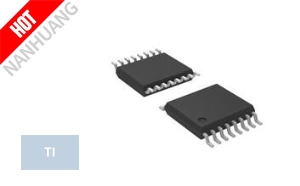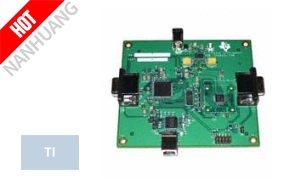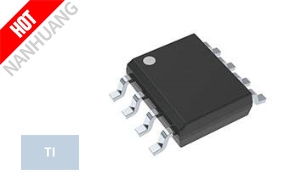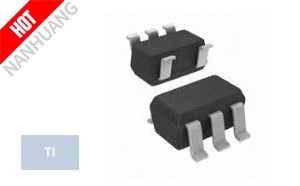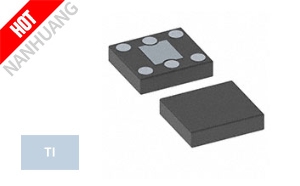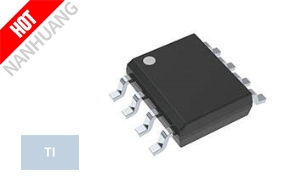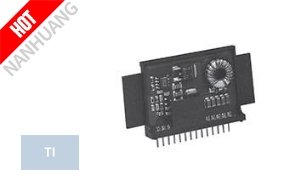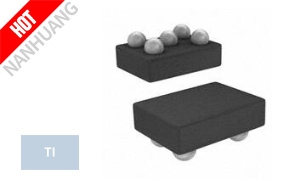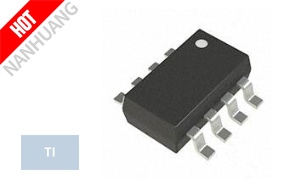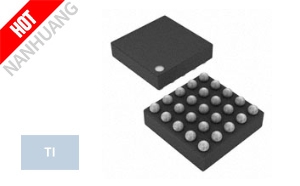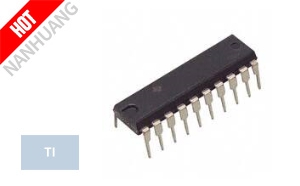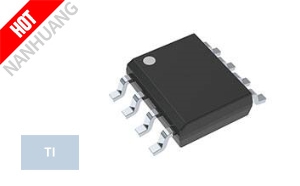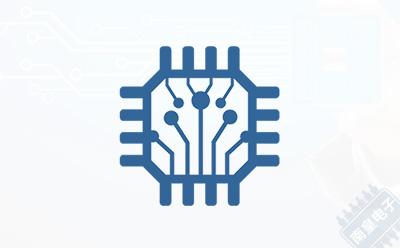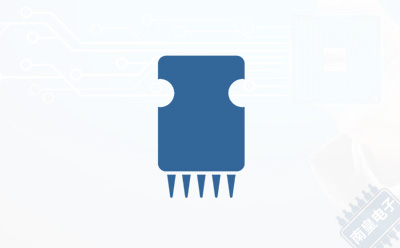
Texas Instruments (TI) today introduced a new family of low-noise DC/DC switching regulators with integrated ferrite-bead compensation. The TPS62912 and TPS62913 offer low noise of 20 µVRMS for frequencies ranging from 100 Hz to 100 kHz and ultra-low output-voltage ripple of 10 µVRMS, giving engineers the ability to remove one or more low-dropout regulators (LDOs) from their designs, reduce power losses by up to 76% and save 36% of board space.
Noise in the power supply is a key design challenge in many high-precision test and measurement, medical, aerospace and defense, and wireless infrastructure applications. A traditional low-noise power-supply architecture includes a DC/DC converter; a low-noise LDO such as the TPS7A52, TPS7A53 or TPS7A54; and an off-chip filter, such as a ferrite bead. By integrating ferrite-bead compensation, the TPS62912 and TPS62913 use the ferrite bead already present in most systems as an effective filter against high-frequency noise, reducing the power supply output voltage ripple by approximately 30 dB and simplifying the power supply design. To learn how low-noise buck converters work, read the technical article, "Minimize noise and ripple with a low-noise buck converter."
TI will demonstrate the TPS62913 in its virtual booth at the electronica virtual conference, Nov. 9-12, 2020. For more information, go to https://www.ti.com/about-ti/trade-shows/electronica.html.
Easily minimize power-supply noise
High-precision systems require supply rails with low noise and low ripple to preserve signal accuracy and integrity. The TPS62912 and TPS62913 offer both, along with a power-supply rejection ratio of 65 dB at up to 100 kHz. In addition, this buck converter family has an output-voltage error of less than 1%, which helps ensure tight output-voltage accuracy. Both converters enable the use of spread-spectrum frequency modulation to further attenuate radio-frequency spurs and allow synchronization to an external clock so engineers can easily meet their signal-to-noise ratio (SNR) and spurious-free dynamic range (SFDR) targets, which are critical in applications such as medical imaging or radar.
Maximize efficiency while reducing power loss
Historically, engineers have faced a trade-off between noise and efficiency when powering sensitive analog circuitry. Using a switching regulator on its own would result in too much switching noise, while adding a post-regulator LDO to reduce noise would lead to additional power losses, especially at high load currents. With a peak efficiency of 97%, the TPS62912 and TPS62913 allow engineers to design for noise filtering without an LDO, reducing power losses by up to 76% – 1.8 W in analog front-end (AFE) designs and 1.5 W in designs using a wideband analog-to-digital converter (ADC), such as the ADC12DJ5200RF. This represents a 20% and 15% increase in efficiency, respectively, when compared to a traditional low-noise power architecture. Read the application note, "Powering Noise-Sensitive ADCs with the TPS62913 Low-Ripple and Low-Noise Buck Converter," to learn more.
Save board space and overall system cost
By using the TPS62912 or TPS62913 in their designs, engineers can eliminate not only the linear regulator but also the associated passive components, which can save approximately 20 mm2 of printed circuit board (PCB) area per LDO. Designs that typically use a single LDO can save 36% of PCB space. In addition, the integrated ferrite-bead compensation of the buck converters helps engineers reduce the overall DC/DC component count, eliminating two capacitors and two resistors from their designs, to further minimize overall system cost and shorten design time.
Availability and pricing
Pre-production quantities of the 2-A TPS62912 and 3-A TPS62913 are available now, only on TI.com, in a 2-mm-by-2-mm, 10-pin quad flat no-lead (QFN) package. Pricing starts at US$1.06 and US$1.16 respectively, in 1,000-unit quantities. The TPS62912EVM and TPS62913EVM evaluation modules are available on TI.com for US$49. Multiple payment and shipping options are available on TI.com. TI expects both devices to be available in volume production in the first quarter of 2021.
All registered trademarks and other trademarks belong to their respective owners. For more details, please visit TI official site.
- IC MUX/DEMUX 2 X 4:1 16TSSOP
- EVAL MODULE FOR THS8135
- IC PFC CTRLR CCM 200KHZ 8SOIC
- IC REG LINEAR 3.3V 150MA SOT23-5
- SENSOR OPT 550NM AMB 6PICOSTAR
- IC OPAMP GP 2 CIRCUIT 8SOIC
- DC DC CONVERTER 12V 20W
- IC REG LINEAR 3V 150MA 5USMD
- IC CURR SENSE 1 CIRCUIT SOT23-8
- IC BATT CHG LI-ION 1CELL 25DSBGA
- IC OCTAL D TRANSP LATCH 20-DIP
- IC DAC 12BIT A-OUT 8SOIC
- Texas Instruments (TI) introduced the industry’s smallest buck-boost battery charger integrated circ
- Texas Instruments (TI) introduced the industry’s smallest and most accurate 1.5-W isolated DC/DC bia
- Texas Instruments (TI) introduced the industry’s most accurate 3D Hall-effect position sensor
- Texas Instruments (TI) introduced the industry’s widest-bandwidth high-input-impedance (Hi-Z) buffer
- Texas Instruments (TI) introduced a new portfolio of solid-state relays to help make electric vehicl
- Texas Instruments (TI) expanded its connectivity portfolio with a new family of wireless microcontro
- Texas Instruments (TI) announced an expansion in its portfolio of space-grade analog semiconductor p
- Texas Instruments (TI) announced plans to build its next 300-millimeter semiconductor wafer fabricat
- LITEON has selected TI’s highly integrated GaN FET plus C2000TM real-time MCUs
- Texas Instruments (TI) is expanding its broad analog and embedded processing semiconductor portfolio
- Texas Instruments (TI) debuted the industry’s first stand-alone active electromagnetic interference
- TI introduced a new family of low-noise DC/DC switching regulators with integrated ferrite-bead comp


